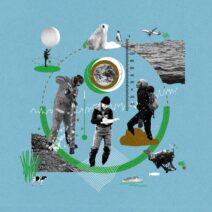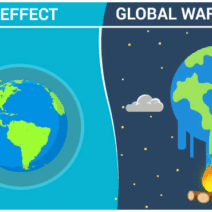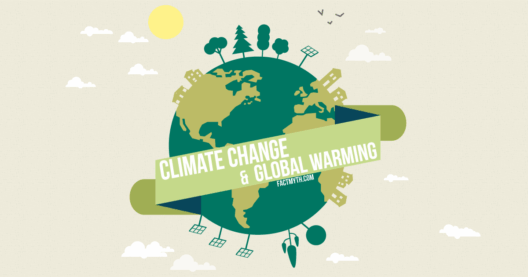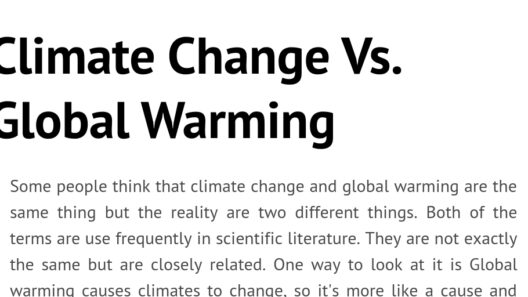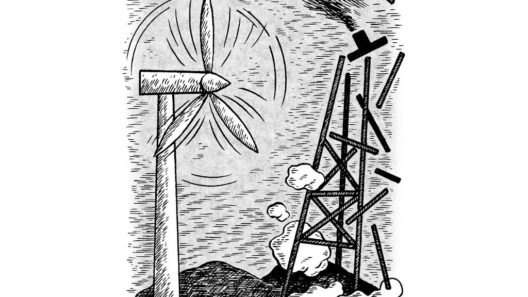The carbon cycle, a primordial tapestry weaving together the very fabric of life on Earth, has been thrown into disarray amidst the cacophony of industrial advancement and contemporary conveniences. This grand cycle, which effectively contributes to the regulation of our planet’s atmospheric composition, is akin to a finely tuned orchestra; it requires each element to play its part harmoniously. However, anthropogenic activities have infiltrated this symphony with discordant notes, compelling us to confront the profound implications of climatic perturbations driven by global warming.
At its core, the carbon cycle functions through a delicate balance where carbon atoms traverse various compartments: the atmosphere, hydrosphere, lithosphere, and biosphere. Carbon is sequestered in the form of carbon dioxide (CO2), a gas essential for photosynthesis in plants, yet dangerous in excess. Just as a river can swell from a tranquil stream into a torrential flood under the influence of relentless rain, our excessive carbon emissions have transformed the atmospheric composition into a deluge, contributing to global warming and climate instability.
To cultivate an understanding of this intricate network, one must first delve into the mechanisms of carbon sequestration. Plants, particularly trees, are our planet’s lungs. Through the process of photosynthesis, they absorb CO2, transforming it into organic material while releasing oxygen – an essential trade-off that sustains life. However, rampant deforestation, driven by urban sprawl and agricultural expansion, is systematically depleting these green lungs. Herein lies the paradox: while we endeavor to draw CO2 from the atmosphere, we simultaneously strip the Earth of those agents capable of processing it.
Furthermore, soil plays a pivotal yet often overlooked role in the carbon cycle. Healthy soils are rich in organic matter and can sequester substantial amounts of carbon. Yet, industrial farming practices, characterized by monoculture and synthetic fertilizers, have rendered these soils barren and carbon-poor. The result is a gradual release of stored carbon back into the atmosphere, exacerbating an already precarious situation. The fractal complexity of interactions among forests, soils, and the atmosphere creates a significant vulnerability that humanity must confront.
The seas, too, serve as critical reservoirs in this intricate exchange. The ocean absorbs vast quantities of atmospheric CO2, mitigating the immediate impacts of greenhouse gases. However, this fundamental service comes at a price. As CO2 levels rise, oceans become increasingly acidic, disrupting marine ecosystems and threatening the survival of coral reefs and myriad marine life forms. Imagine the ocean as a grand library of biodiversity, its pages dog-eared from countless interactions. As acidity alters the text, entire species struggle to reference their narratives, risking the loss of storied marine histories that have existed for millennia.
Climate change, the shadow cast by an imbalanced carbon cycle, incites a cascade of extenuating circumstances. Rising temperatures lead to glacial melt, which contributes to sea-level rise, threatening coastal communities globally. Extreme weather events such as hurricanes, droughts, and floods – manifestations of a destabilized climate – have become increasingly frequent and severe. The resonance of these impacts reverberates across ecosystems, economies, and human health, underscoring the interdependence of our existence on Earth.
While the imbalance of the carbon cycle may seem daunting, it is not devoid of actionable pathways. Renewable energy sources, such as solar and wind, embody the potential for a transformative symbiosis. By harnessing the sun’s and wind’s inexhaustible energies, we can drastically reduce our reliance on fossil fuels. Transitioning to sustainable energy sources represents a tuning of our carbon orchestra, allowing us to reclaim the environmental harmony that is essential for our collective survival.
Additionally, reforestation and afforestation efforts stand as formidable allies in the struggle against climate change. By planting trees and restoring natural habitats, society can enhance carbon capture while also rejuvenating biodiversity. Initiatives that prioritize sustainable land use and regenerative agricultural practices provide avenues for restoring soil health, creating a more resilient ecosystem capable of sequestering carbon effectively.
Education and advocacy play monumental roles in addressing these challenges. Raising awareness about the critical importance of the carbon cycle and its impact on climate change cultivates a collective consciousness – a symphonic understanding of our shared responsibility. Engaging communities in climate action fosters a spirit of resilience, empowering individuals to contribute to solutions at local levels while advocating for systemic changes on a broader scale.
In conclusion, the carbon cycle stands as the linchpin of Earth’s climatic stability. Disruption of this cycle incites a cascade of consequences, affecting every living organism on our planet. Embracing renewable energy, investing in natural habitats, and amplifying education are collective instruments in re-tuning the orchestra of life. As stewards of this Earth, we must acknowledge that our actions resonate through the very fabric of the carbon cycle, shaping a future that echoes sustainability rather than discord. Together, we can strike a chord of harmony that reverberates through generations, rekindling hope in the face of climate adversity.

